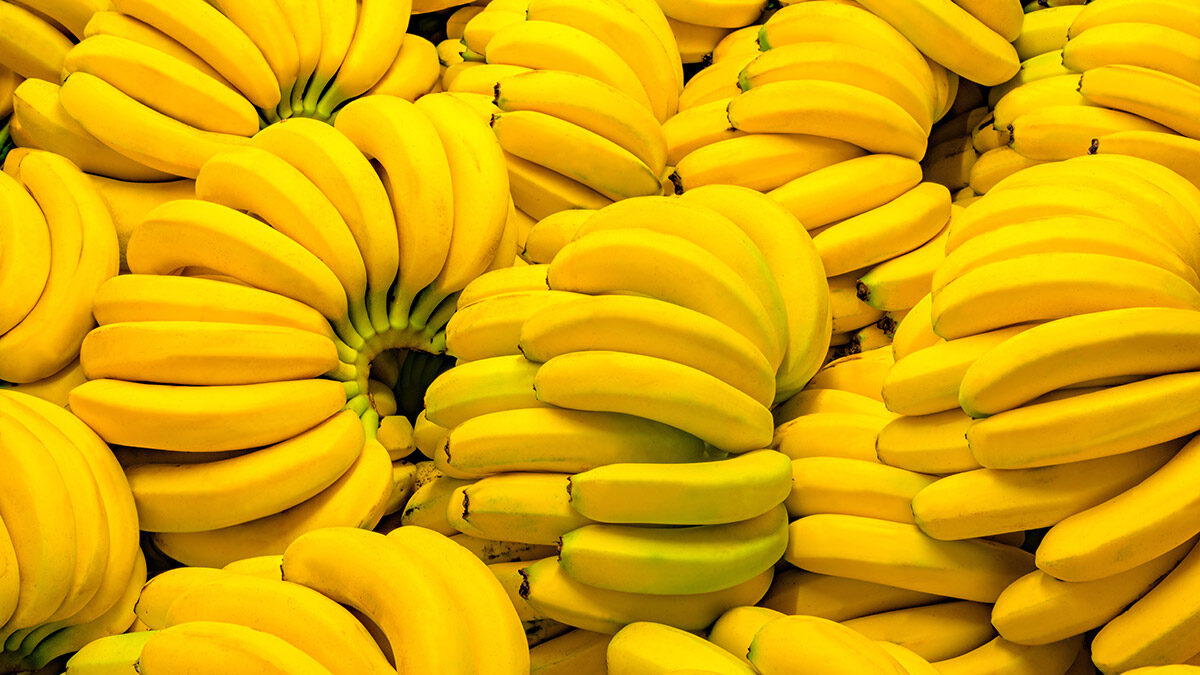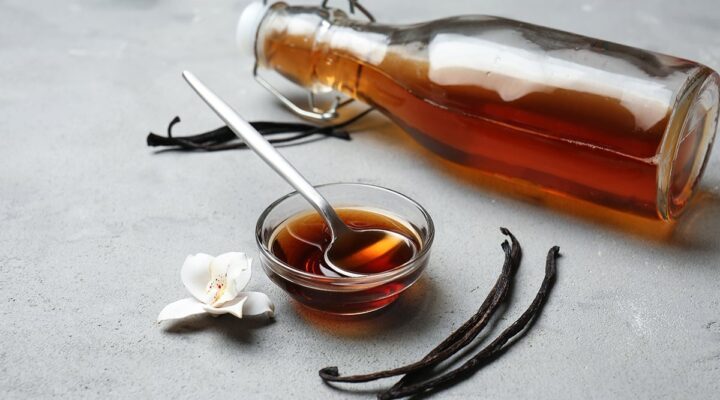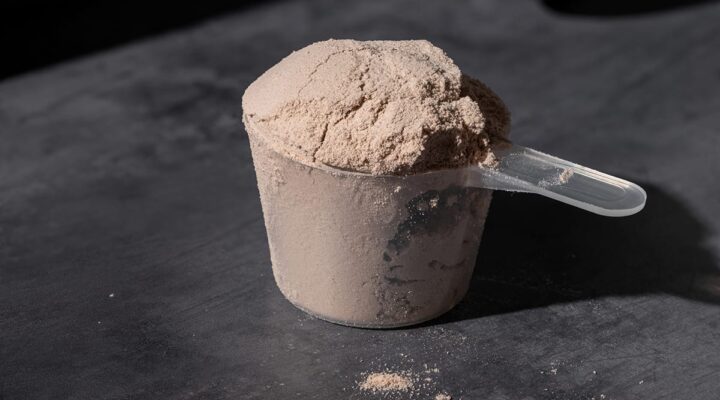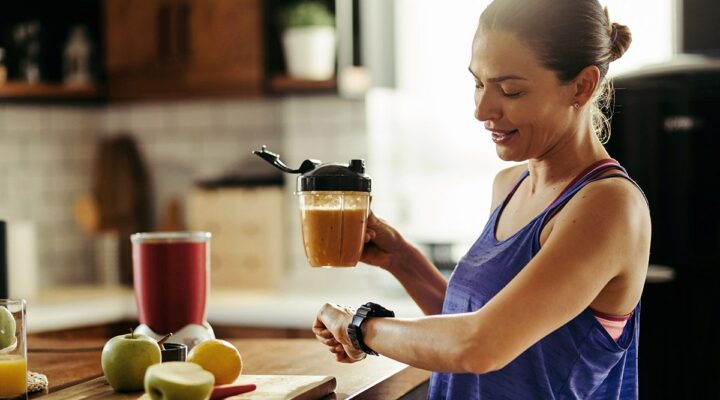5 Planet-Saving Alternatives to Plastic We Could Be Using in the Future
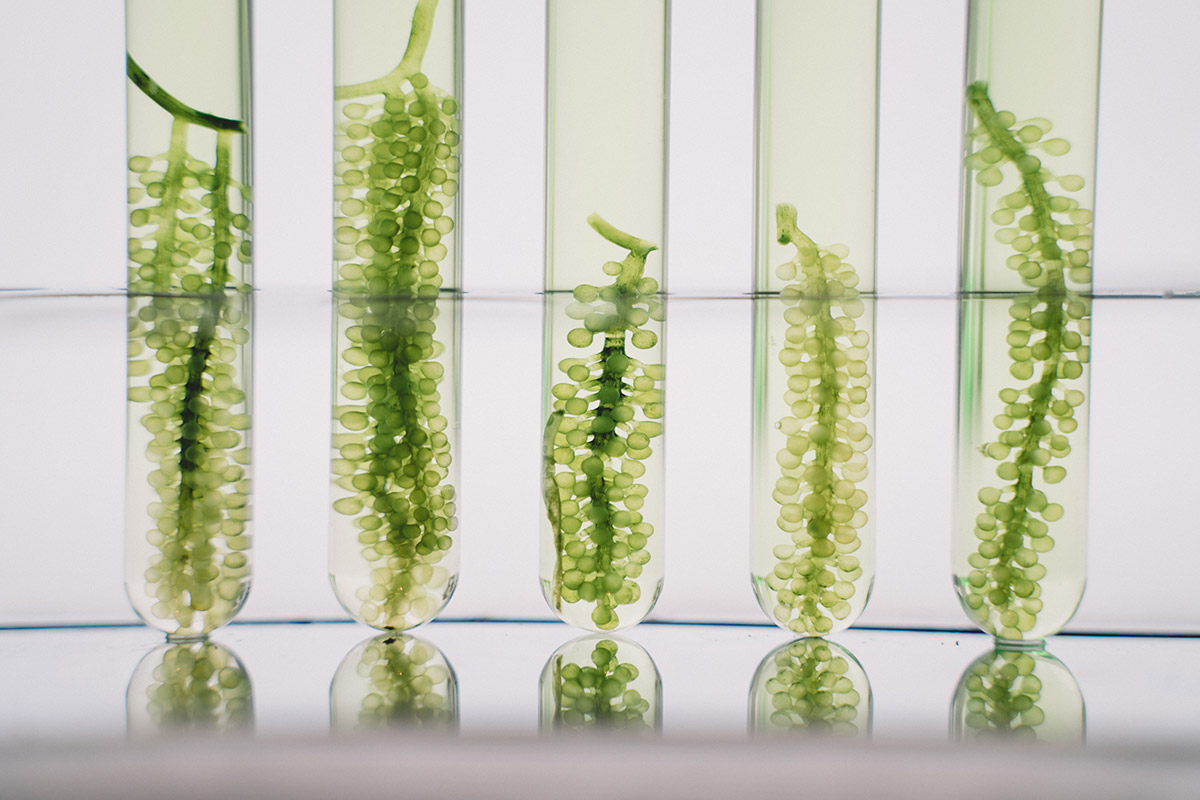
From the packaging found in supermarkets to the convenience of coffee pods, we use single-use plastics in almost every part of our lives. The problem is that once discarded, these plastics can take up to 500 years to degrade in the natural environment. Over time, plastics eventually break down into smaller fragments, called ‘microplastics’, that could pose major health and environmental concerns to humans and wildlife.
In recent years, engineers, designers, and innovators have stepped up to this modern challenge, refocusing their efforts on eco-friendly plastic alternatives that promote circular, low-waste systems. These innovations, known as bioplastics, offer hope for a more environmentally conscious and responsible future. Here, we delve into some of these emerging solutions and explore how they work.
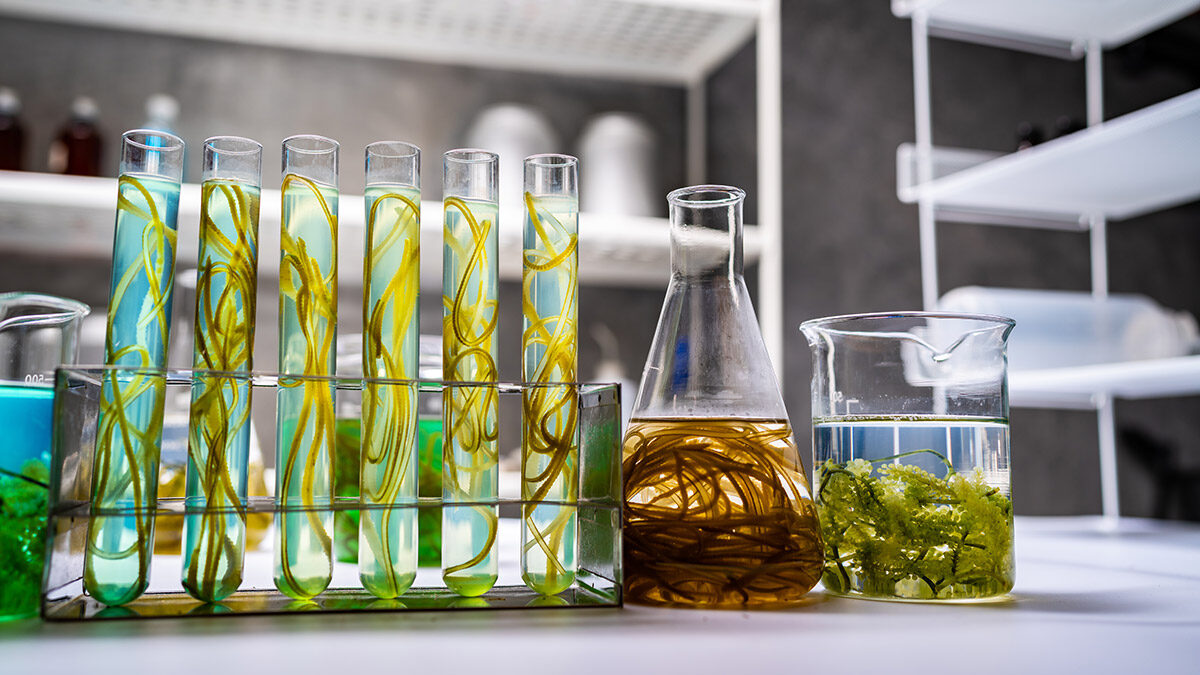
Seaweed
Seaweed has gained a trendy, superfood status in recent years, but it’s also quietly becoming one of the front-running solutions to the world’s mounting plastic problem. If you live in the UK, you might have already ordered a takeaway in a Notpla box, a flexible biodegradable container made from a type of seaweed that rapidly grows up to three metres per day.
The London-based start-up developed the bioplastic product after studying how marine plants grow rapidly in the ocean without the need for extensive freshwater or agricultural land. These underwater plants can be used to create a variety of biodegradable packaging products, including a water-tight bubble to hold liquids, a coating for food containers, and even paper.
As seaweed captures carbon twenty times faster than trees, its production helps to reduce emissions in the environment. If it’s done responsibly, it can also be harvested without causing harm to marine ecosystems.
Today, over one million seaweed-based bioplastic takeaway food boxes have been created for Just Eat, with the potential to replace over 100 million more plastic-coated containers in Europe in the future. If it’s successful, NotPla’s seaweed products could eventually prevent one billion plastic bottles from reaching the ocean every year and eliminate the 300 million kg of carbon emissions that go with them.
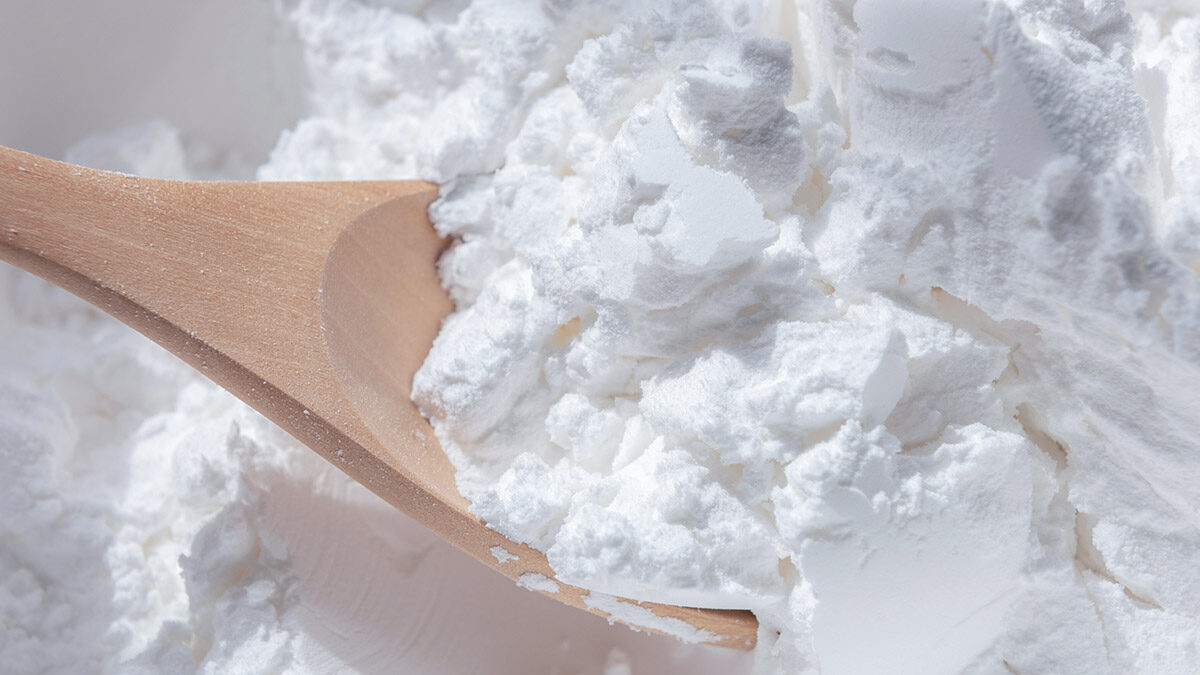
Potato starch
Plastic is found lurking in all kinds of fitness and nutrition products, including the packaging for protein powders that many of us rely on after a heavy gym session. But at Form, we didn’t want to contribute to the plastic problem. So, we made our compostable packaging pouches from a special bioplastic made from potato starch.
This type of plastic is unique as it breaks down quickly in the right conditions, such as in the ground, in less than 180 days. This is much better for the environment compared to the regular plastic used for most sealed pouch products.
Using renewable materials like potato starch in our protein powder packaging has been instrumental in helping us reduce our carbon footprint by up to 70%. After you use our packaging, you can put it in your compost bin, and it will break down without any need to interfere.
Cumulatively, this helps keep tonnes of household plastic out of landfills and waterways. This eco-friendly approach has played a big role in us getting B Corporation certification, which means we’re doing our best to be good for the planet.
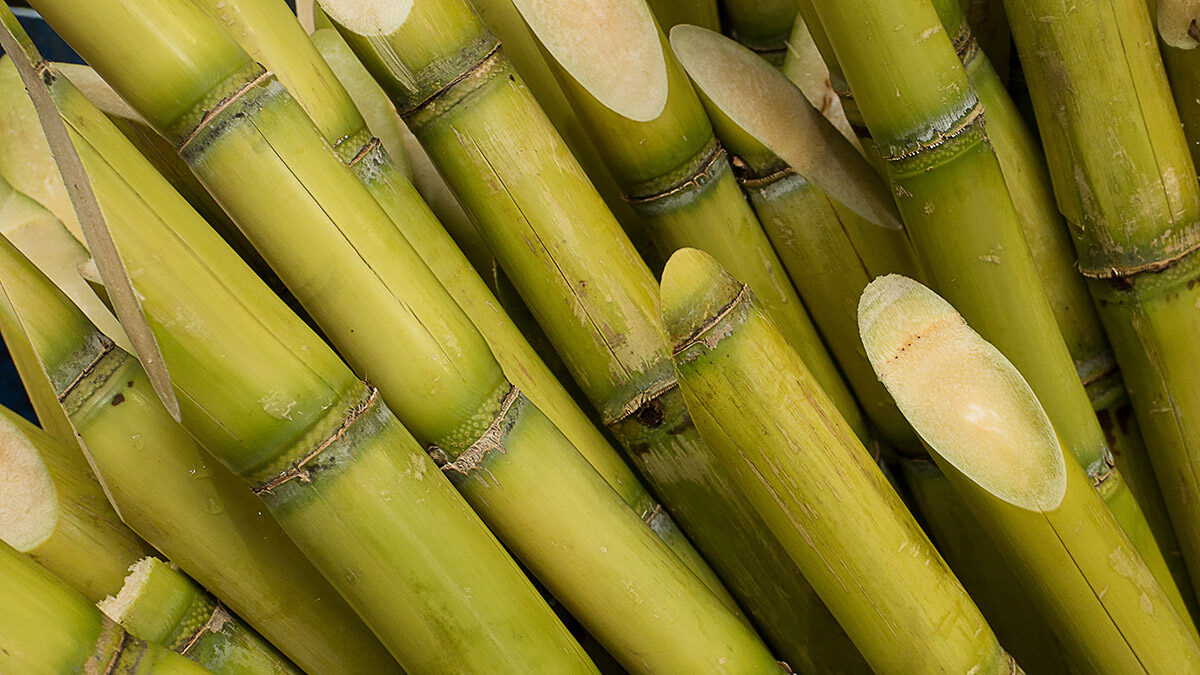
Sugarcane
Native to Asian countries, sugarcane is a tall tropical grass that’s harvested and processed to create the refined sugar found in foods like cakes and biscuits. In recent years, scientists have found that harvesting sugarcane can also yield a robust bioplastic, with the potential to replace the oil-based plastics that we’ve relied on for centuries.
Creating sugarcane plastic involves capturing ethanol from fermented sucrose and converting it into plastic polymers, in a similar heating method to oil plastics. Although sugarcane plastics are neither compostable nor biodegradable, they can be processed in existing recycling facilities, so there’s no reason for them to end up in a landfill if they’re responsibly managed.
Sugarcane is a unique solution as it captures carbon dioxide from the environment as it grows. According to some sources, every kilogram of sugar cane plastic produced removes 3.09 kg of CO2 from the air.
While other carbon-capturing materials, like wood, eventually release the sequestered carbon when burned, sugar plastics are recycled, meaning the carbon they’ve captured is not released back into the atmosphere. This makes them a more eco-friendly choice compared to traditional oil-based plastics, which release carbon emissions when they’re mined from source.
Sugarcane bioplastics are already catching on, particularly in the toy world. Lego recently introduced a botanical-themed playset made from sustainably sourced sugarcane, in a manufacturing process that the Danish toymaker claims was completely carbon-neutral.
Banana waste
Beyond being a delicious smoothie ingredient, bananas have the potential to be an unexpected solution to tackling our plastic problem. Innovators have been able to use the high starch and cellulose content in discarded banana peels to create valuable raw materials for bioplastics.
Like potato starch, bananas are made from an abundant waste product, so they’re considered one of the most eco-friendly alternatives on the market. Plus, they’re biodegradable, which means they can break down naturally in the environment, reducing the long-term environmental impact.
The production of banana bioplastics begins with the preparation of banana peels, which are cleaned, dried, and then processed into fine powder or small pieces. These prepared peels undergo a chemical treatment to extract cellulose, which is subsequently polymerized. The resulting bioplastic material is shaped through processes like moulding or extrusion and allowed to cool and solidify, yielding a versatile and eco-friendly alternative to traditional plastics.
Designers have already tried using banana waste to make eco-friendly plastic for products like forks and food containers. However, these banana-based plastics don’t always have the same strength, durability, or ability to break down as regular plastics. So, scientists are still figuring out how to make them more useful in the future.
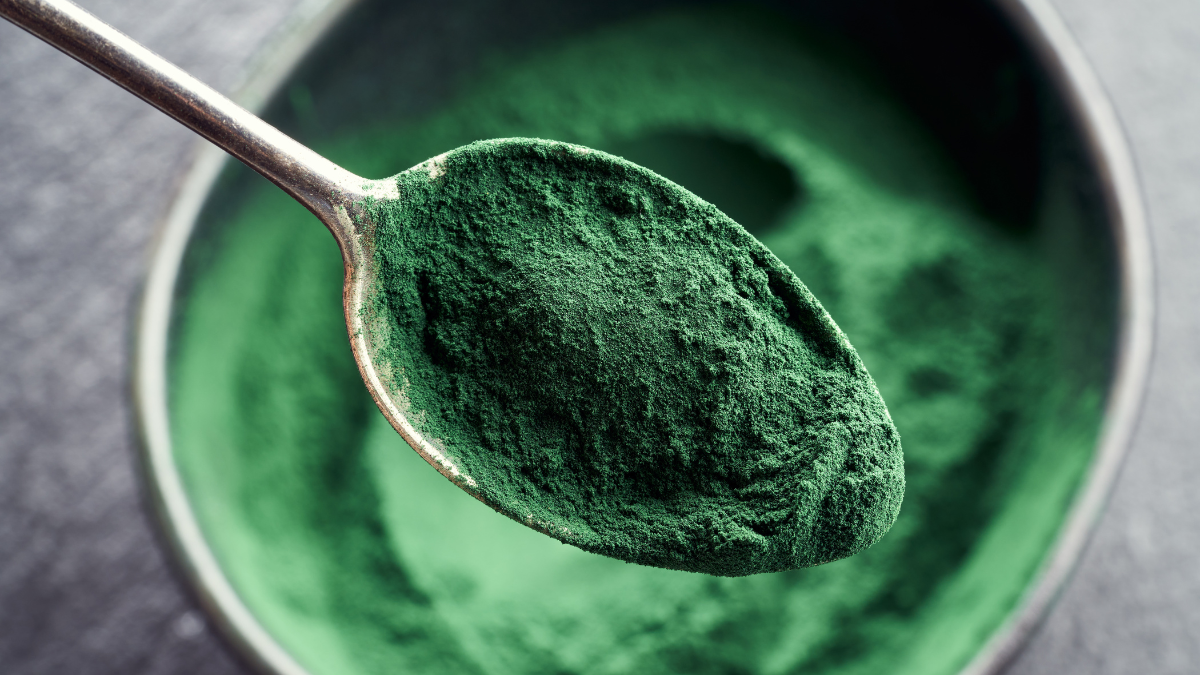
Spirulina
Wellness fans will know spirulina as a superfood full of vitamins and minerals, often found in supplements and health shakes. Recently, scientists have experimented with turning the blue-green algae into a biodegradable plastic that breaks down in a compost bin at the same speed as a banana peel.
Earlier this year, a team led by the University of Washington created a compost-friendly bioplastic using powdered spirulina, a type of cyanobacteria that’s safe for humans and animals to consume. Using heat and pressure, they were able to shape the spirulina powder into various forms. Spirulina was chosen because it can be grown in large quantities, absorbs carbon dioxide as it grows (making it environmentally friendly), and it is even fire-resistant.
Although spirulina has been used in bioplastics before, the recent improvements make them tougher and more practical as a plastic alternative. However, they’re not quite ready for widespread use yet. While they’re strong, they’re also brittle and don’t hold up well when exposed to water, so there’s still some work to be done. Still, discoveries like these give hope for a greener future by reducing plastic waste’s impact on the environment.



